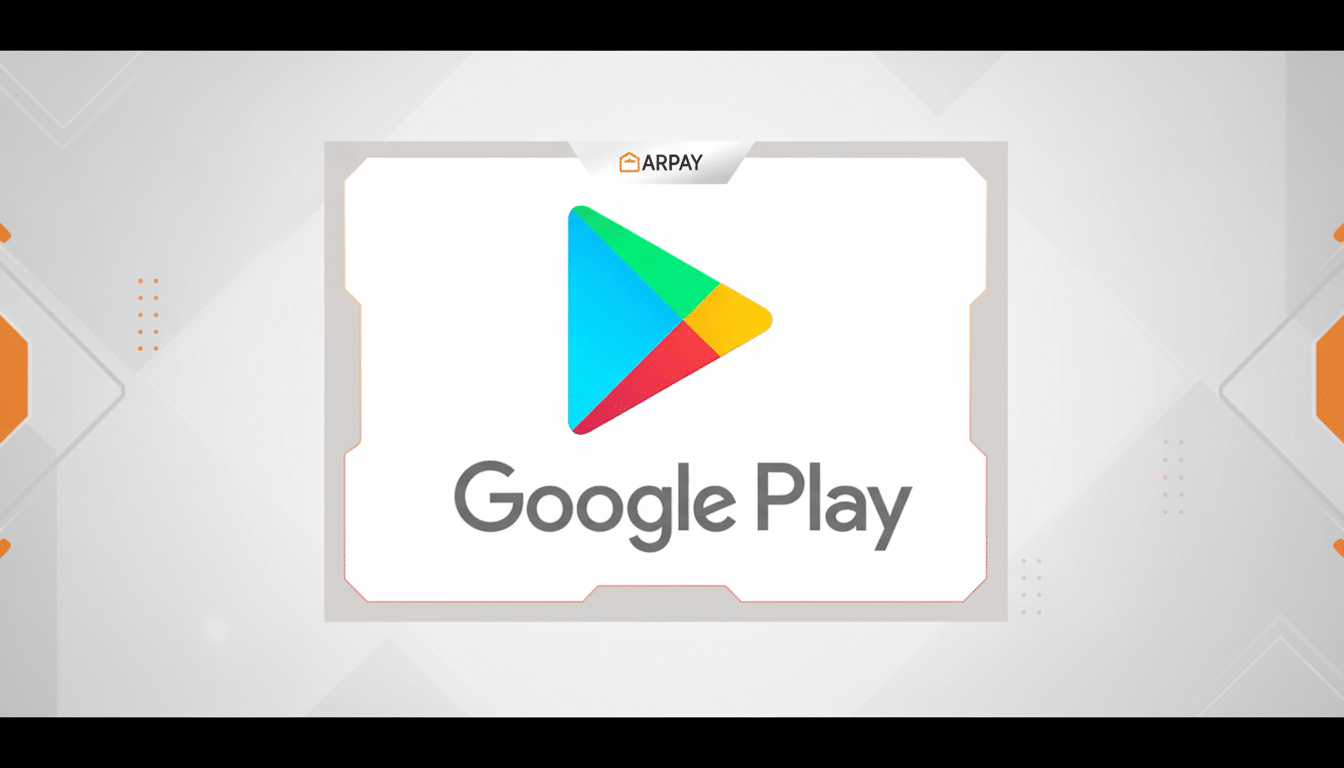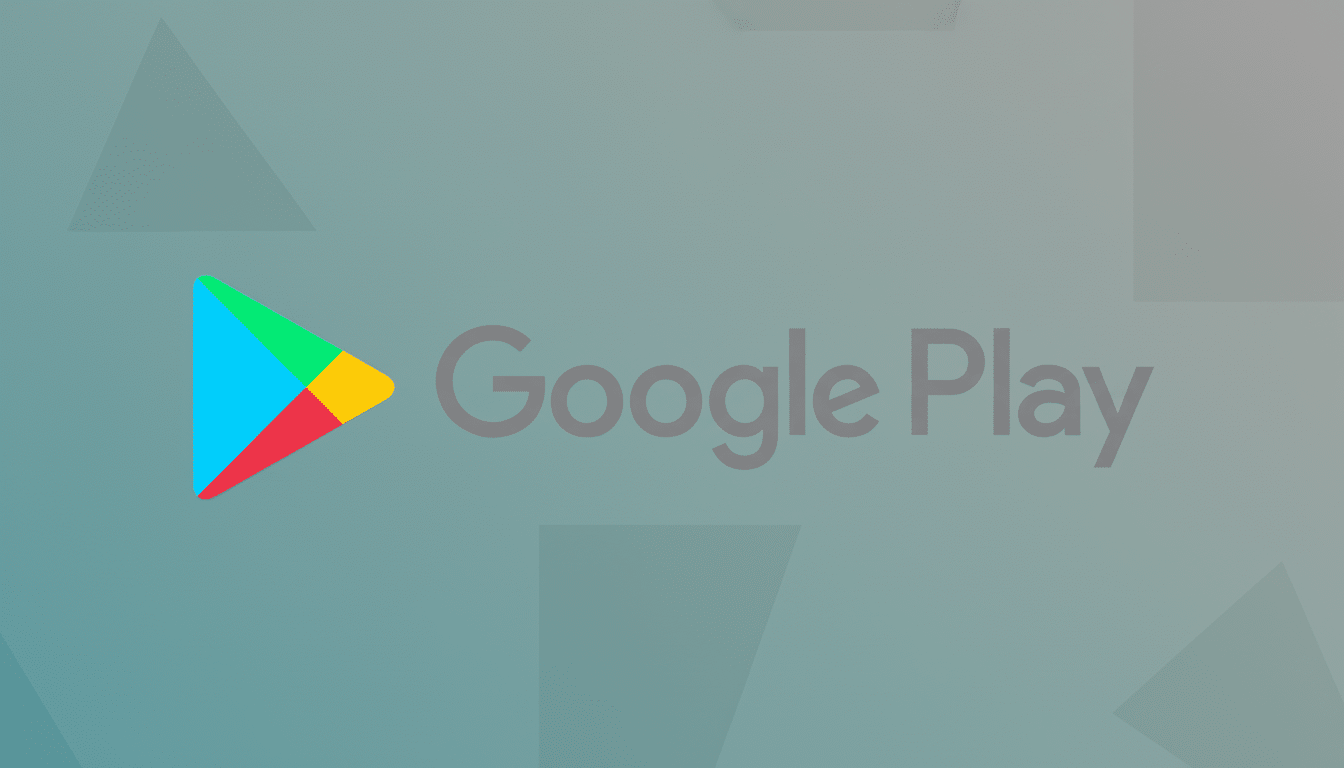Google and Epic Games have agreed to dismiss a lawsuit, one of the highest-profile legal battles in the tech industry, that had been roiling their businesses for years. The proposal sets out a wide range of changes to the way Android apps can be distributed and in-app payments made in the United States, and could upend how developers bring their wares to users there and what fees they can charge across the platform.
What the Proposal Would Change for Android Apps
Google’s Android head Sameer Samat and Epic CEO Tim Sweeney both said in statements on the matter that the coalition is based around four main topics:

- User freedom
- Easier distribution of competing app stores
- Access to more payment processing services for developers
- Lower fees
Practically, it would mean developers could take payments outside Google Play—both through third-party in-app billing and via links directing users to the web—without facing so-called punitive terms.
The plan features caps on fees as a percentage of money involved in specific types of transactions. Maximum service fees were listed in court filings as 9% or 20%, depending on how billing is conducted. That would mark a significant departure from Google’s current model, under which its subscriptions business has also charged a 15% fee on most subscriber transactions and alternative billing lowers it by only 4 percentage points under existing versions of the programs.
The settlement would also ease the installation of competing app stores, Epic says. If that happens, setting up and updating a third-party store could feel less like a workaround and more like a supported path to follow inside Android’s ambition to be an open platform but with user safety controls.
Why It Matters for Developers and Everyday Users
“Fee certainty and true billing choice mean real economics for developers. A $10-a-month subscription that today results in a $1.50 fee at 15 percent could fall to 90 cents avoiding a 9 percent cap. At scale, those savings really add, particularly for subscription media, productivity tools, and premium titles in games where margin is thin and lifetime value is meaningful.”
The more competition the users get, the better. If competition from rival app stores and direct billing gets easier, prices and promotions may become better and developers could spend more on support and content. Research firms like data.ai have widely reported on Google Play’s tens of billions of dollars in annual consumer spend; small changes to fee structures can reverberate across pricing, loyalty perks, and creator payouts.

There is also a larger platform narrative at work. Sweeney positioned the proposal as a reinforcement of Android’s openness, which he contrasted with iOS’s more tightly controlled approach. And while Apple has made concessions to address regulatory pressure in certain places, according to Epic, Android can move quicker and offer the option of increasing choice without compromising safety or quality.
How We Got Here: The Epic v. Google Legal Battle
The spat started when Epic added an alternative payment system to Fortnite, causing the game to be kicked off Google Play and a lawsuit claiming anticompetitive behavior. A jury later determined that Google operated illegal monopolies in Android app distribution and in-app billing, and the case moved to remedies before US District Judge James Donato.
The battle played out with other large initiatives against Google Play. Google had previously settled with a group of state attorneys general on both the consumer restitution as well as commitments to sideloading and app store choice. Combined, the actions forced the company to reconsider long-held policies, particularly around pointing users toward outside payment options.
What to Watch Next as the Settlement Faces Review
The proposed settlement isn’t final. The terms are subject to Judge Donato’s review and approval, and the court might seek clarifications or impose more guardrails. The industry will pay close attention to the implementation time frames, developer qualifications, enforcement and how disputes are decided.
Another open question is scope. Sweeney said some features, such as the ability to more easily install competing stores, might scale around the world. But the more immediate effect would be felt in the US, where the case is being decided. Developers are going to be looking for clear documentation on what constitutes 9% and 20% fee thresholds, migration paths from existing programs and how Google plans to present user safety prompts for off-Play distribution.
If approved, the deal could be a precedent-setting moment in mobile platform governance, providing a template for how a dominant app marketplace can accommodate alternative stores and billing — across apps — without compromising security or consumer trust. For developers who have been waiting for more sustainable solutions beyond just one billing channel, this looks to be a serious step toward that future.

